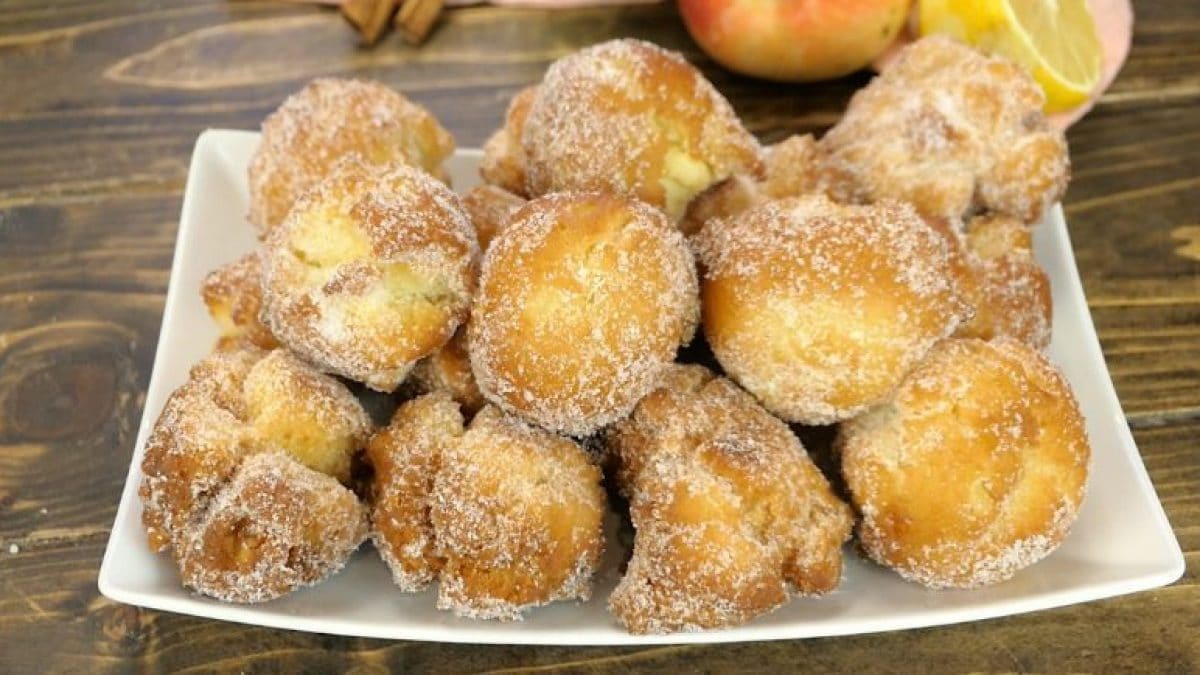
Apple Ricotta Fritter Balls are soft, bite-sized fried treats with a crispy golden crust and a tender, apple-filled center. This easy recipe combines ricotta cheese and fresh apples to create fritters that are moist and flavorful inside while delightfully crunchy outside. Perfect for breakfast, brunch, or an afternoon snack with coffee, these fritters are a crowd-pleaser for both kids and adults.
Why Everyone Will Love This Recipe
These little apple fritter balls have all the cozy comfort of a fall dessert, but they’re easy enough to make year-round.
- Super soft inside: Thanks to ricotta and grated apple.
- No yeast required: Quick dough with baking powder means no rising time.
- Crispy on the outside: Deep-frying gives a golden crunch.
- Perfect for sharing: Serve them warm and watch them disappear!
They’re basically the donut holes of your dreams—but with apple and a citrusy twist.
What Are Apple Ricotta Fritter Balls?
Apple Fritter Balls are a variation of traditional apple fritters, but instead of flat, pan-fried cakes, the batter is shaped into small round balls and deep-fried. The result? A puffy, golden snack with a moist center, typically made with grated apples, eggs, flour, and flavor-enhancing ingredients like ricotta cheese or lemon zest. These fritters have roots in European and American comfort baking traditions and resemble Italian-style ricotta zeppole with a fruity twist.
Cooking Tips
- Use firm apples like Granny Smith or Fuji—they hold texture and add brightness.
- Grate the apple finely for an evenly moist texture in the dough.
- Don't overmix the batter once flour is added to avoid toughness.
- Fry in small batches so the oil temperature stays consistent.
- Test oil temp by dropping a small bit of batter—if it sizzles immediately, it’s ready.
Frequently Asked Questions
Can I bake these instead of frying?
This recipe is meant for frying, but you can try baking them at 375°F (190°C) until golden, though they won’t be as crispy.
Do I have to peel the apple?
Peeling is recommended for a smoother texture inside the dough, but it's optional if you prefer more fiber or rustic flair.
Can I use cottage cheese instead of ricotta?
Ricotta works best for a soft, creamy interior, but well-drained cottage cheese can be used in a pinch—just blend it first.
What oil is best for frying?
Use a neutral oil with a high smoke point, like vegetable, sunflower, or canola oil.
How do I keep them soft after frying?
Let them cool on a paper towel, then cover loosely. Don’t refrigerate—they’re best enjoyed fresh.
How to Store
Let the fritter balls cool completely, then store them in an airtight container at room temperature for up to 2 days. If they’ve softened, reheat them in the oven at 300°F for 5–6 minutes to crisp them slightly.
How to Freeze
Apple fritter balls can be frozen after frying. Let them cool, arrange them on a tray to freeze individually, then transfer to a sealed freezer bag. Freeze for up to 2 months. To reheat, bake from frozen at 325°F for about 10–12 minutes until warmed through.
Ingredients
How to Make Apple Fritter Balls
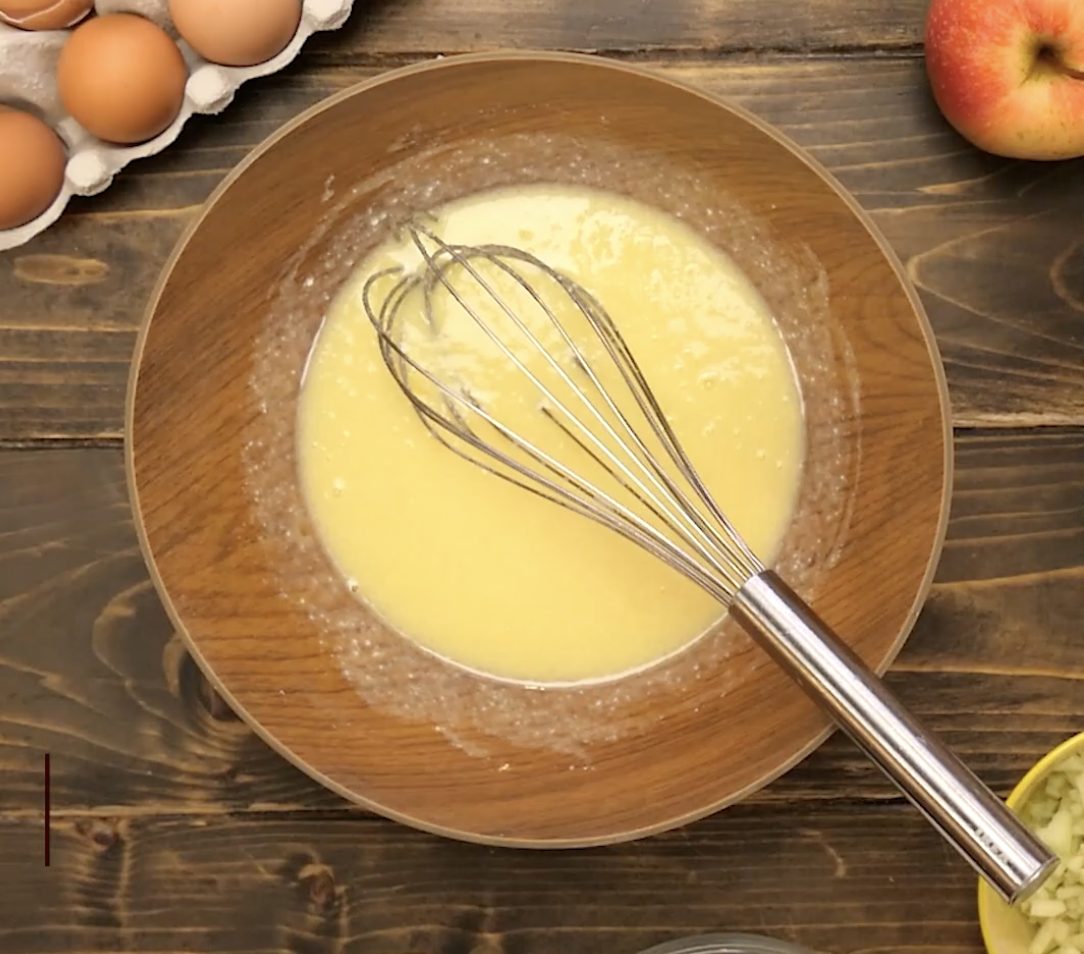;Resize,width=107;)
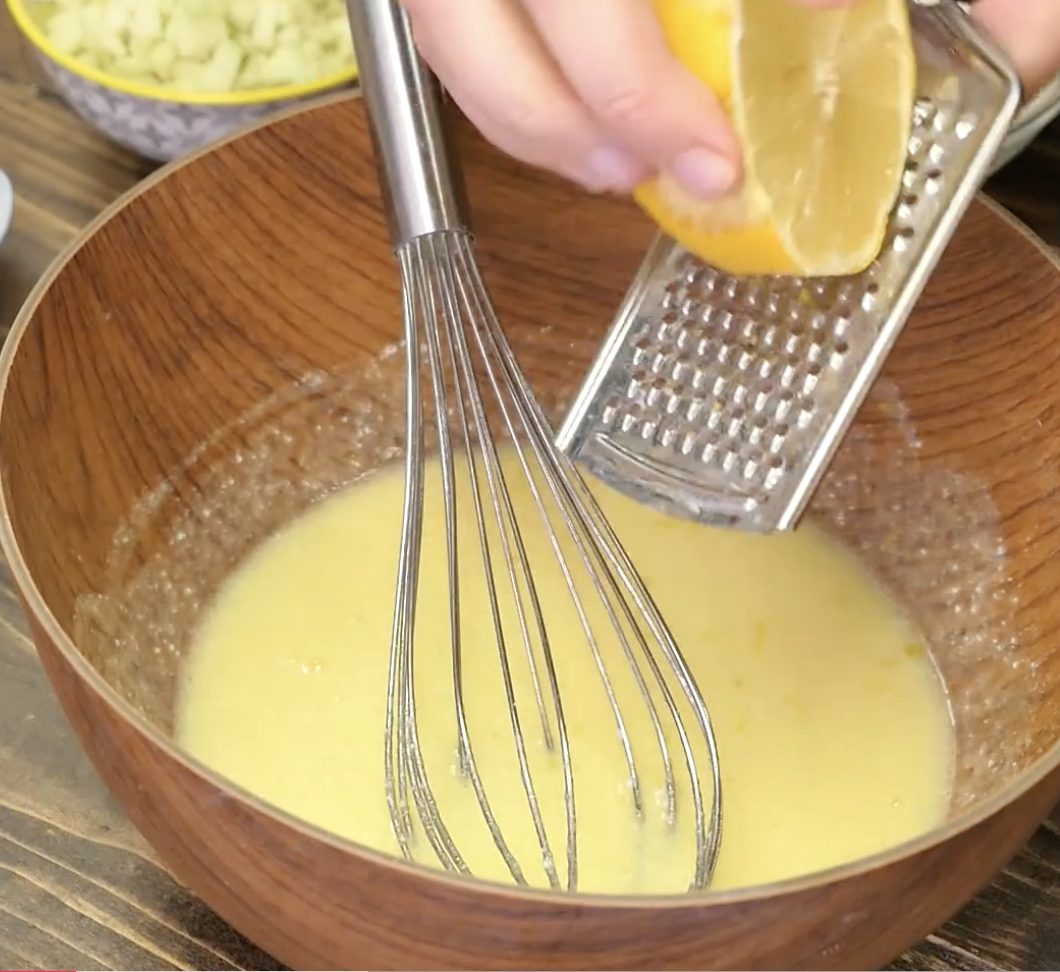;Resize,width=107;)
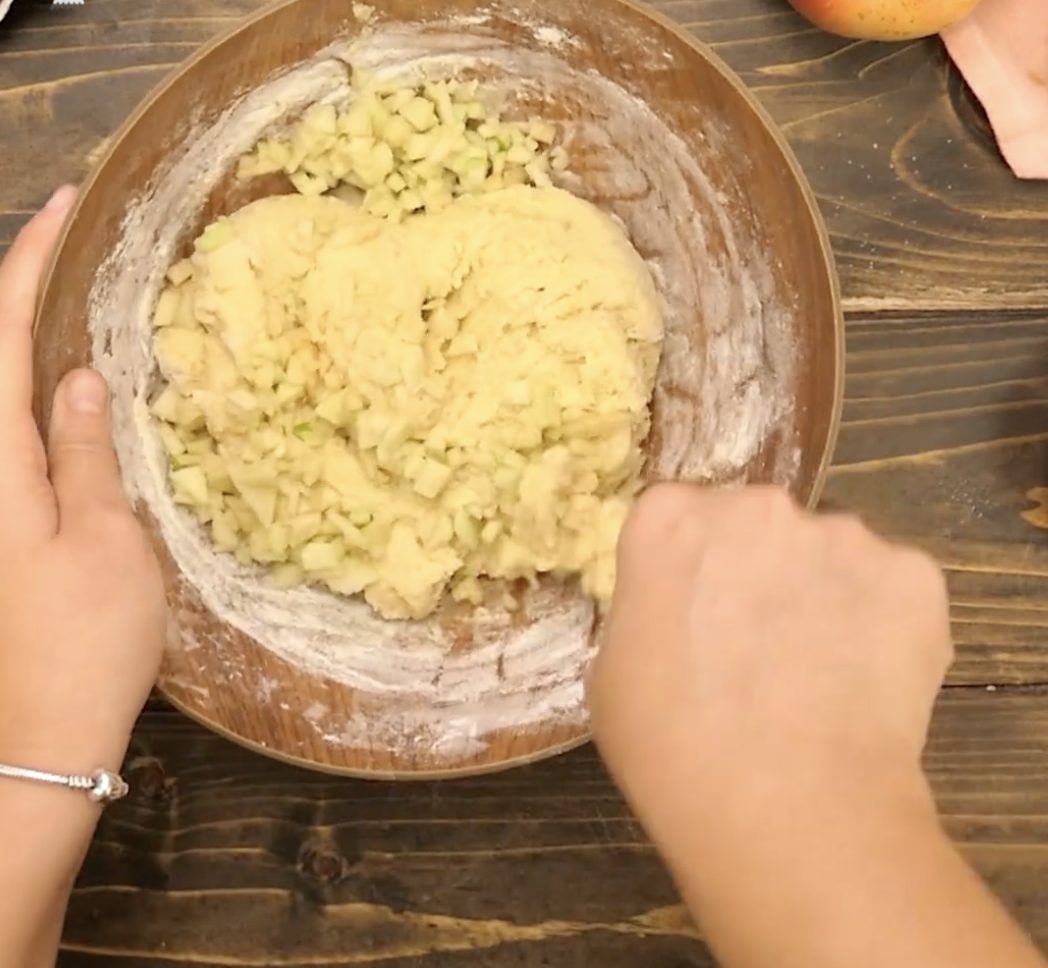;Resize,width=107;)
In a mixing bowl, beat the eggs with a pinch of salt and the sugar until light and fluffy.
In a mixing bowl, beat the eggs with a pinch of salt and the sugar until light and fluffy.
Stir in the ricotta cheese and lemon zest. Add baking powder, then gradually mix in the flour until a soft, slightly sticky dough forms.
Gently fold in the grated apple.
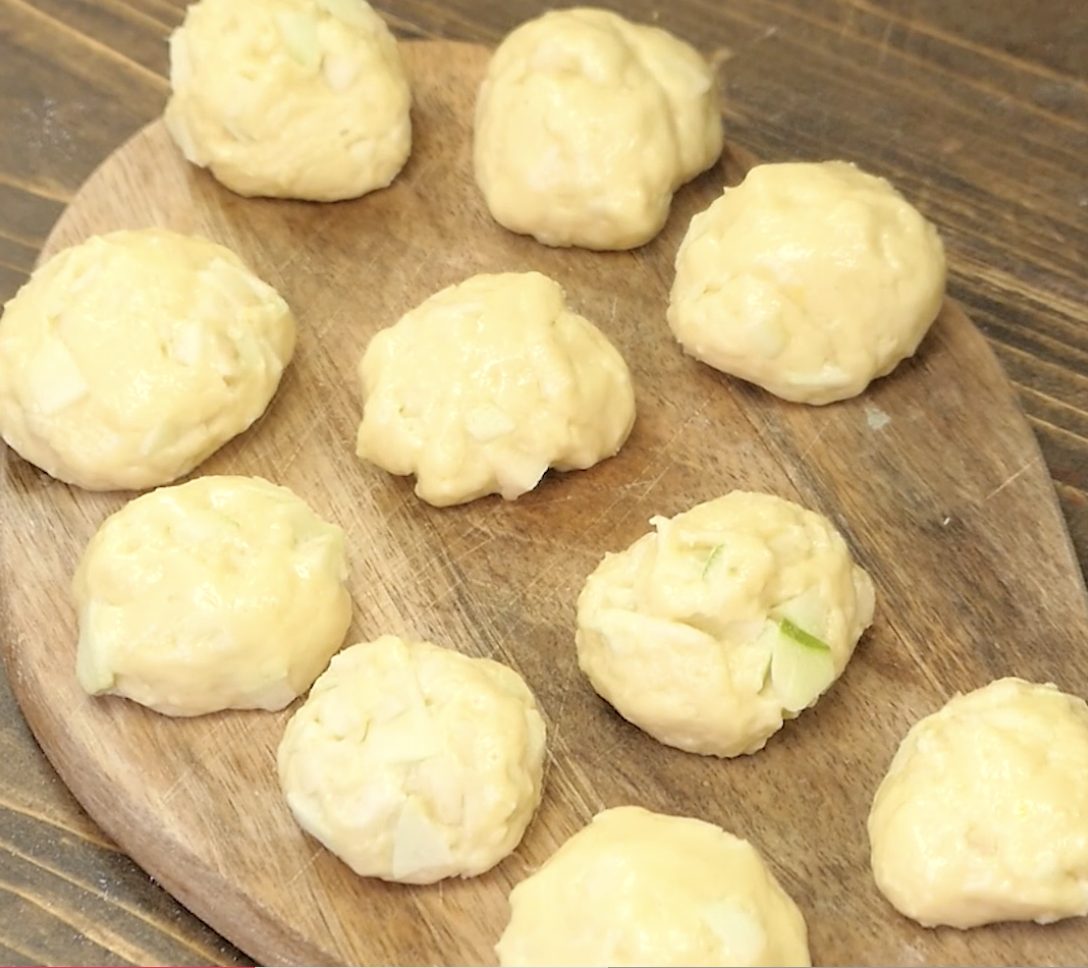;Resize,width=107;)
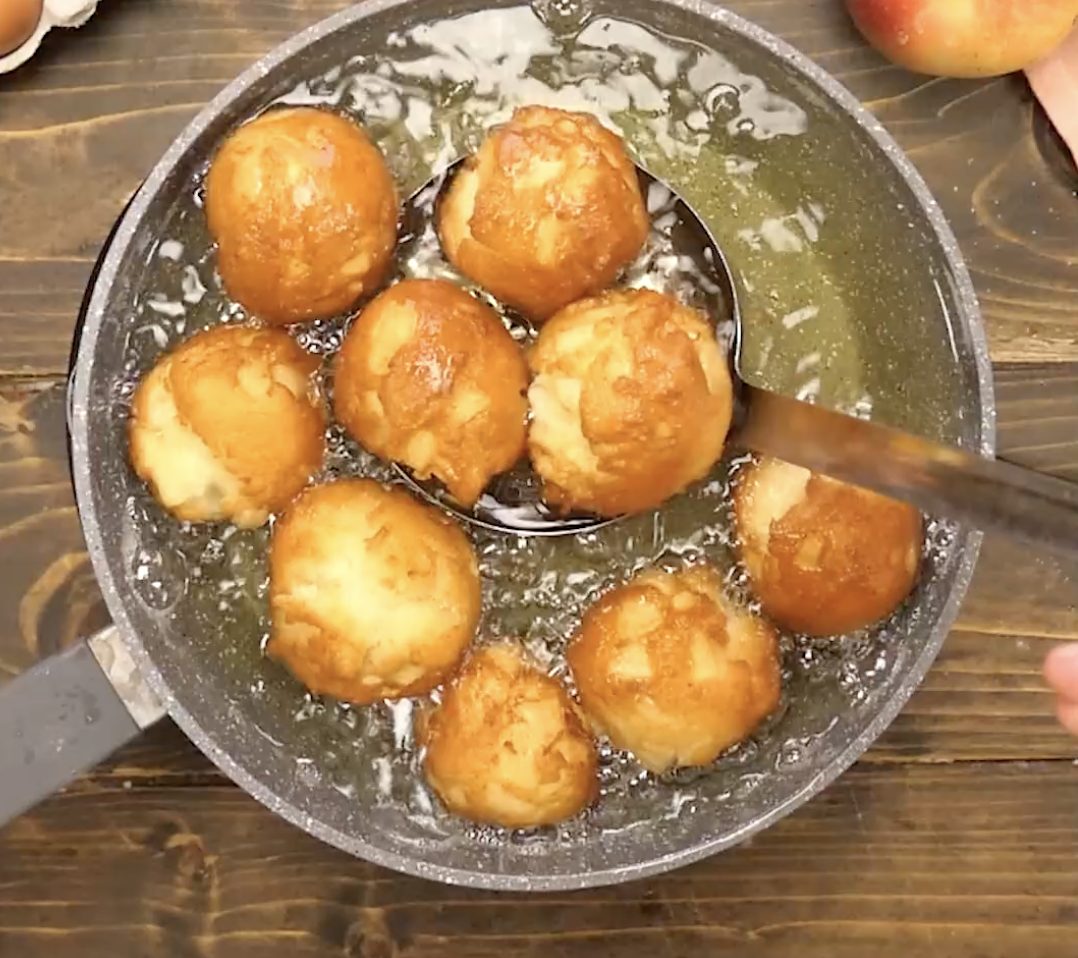;Resize,width=107;)
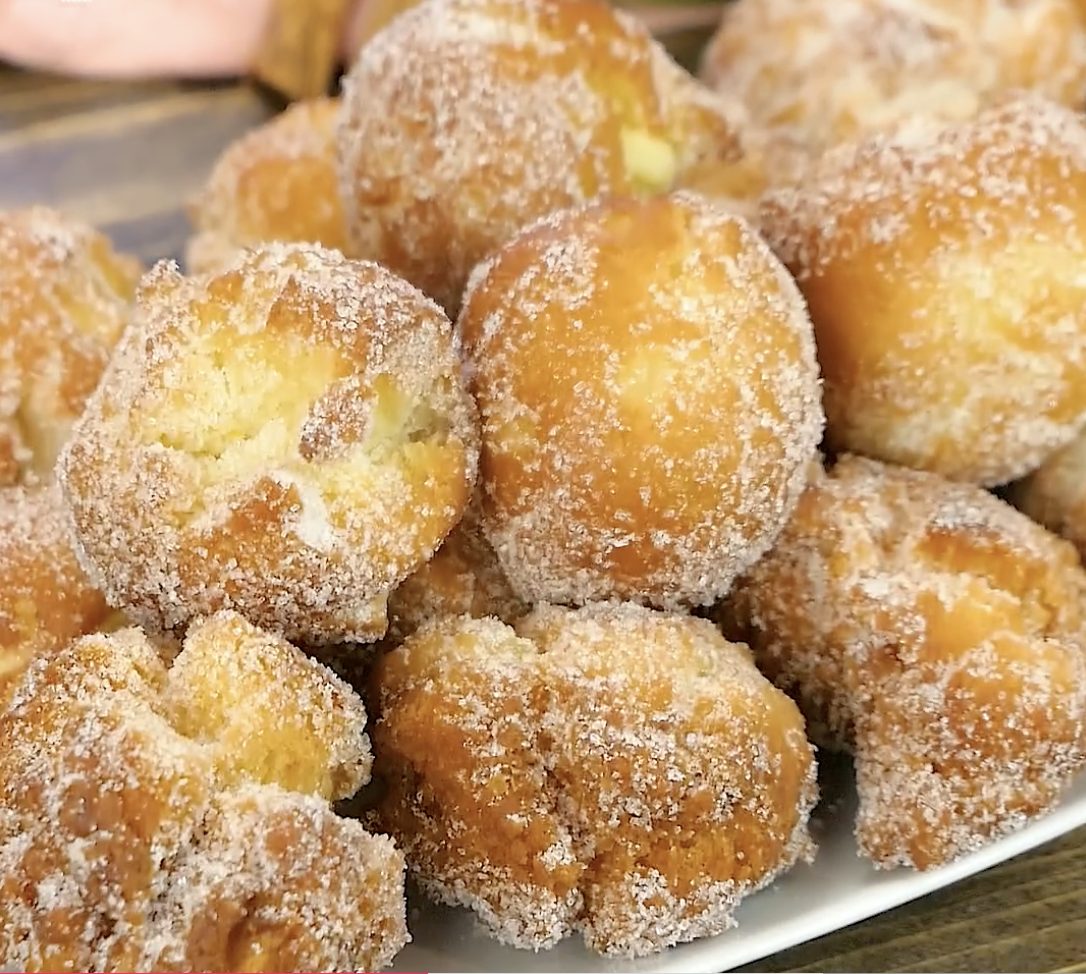;Resize,width=107;)
Stir in the ricotta cheese and lemon zest. Add baking powder, then gradually mix in the flour until a soft, slightly sticky dough forms.
Heat oil in a deep pan to about 340–350°F (170–180°C). Using two spoons or your hands, form small dough balls and drop them into the hot oil in batches. Fry until puffed and golden brown on all sides, about 2–3 minutes per batch.
Remove fritters with a slotted spoon and place on a paper towel-lined plate. While still warm, roll in sugar or dust with powdered sugar.
Enjoy warm or at room temperature with a cup of tea or coffee.

;Resize,width=767;)
